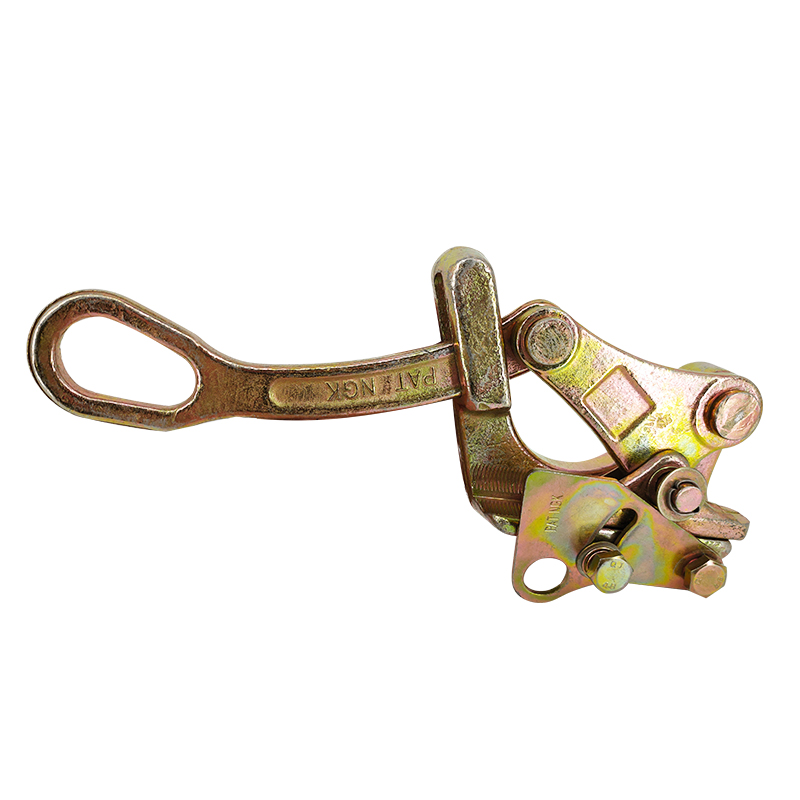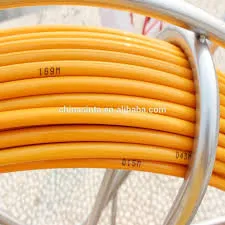
-
 Afrikaans
Afrikaans -
 Albanian
Albanian -
 Amharic
Amharic -
 Arabic
Arabic -
 Armenian
Armenian -
 Azerbaijani
Azerbaijani -
 Basque
Basque -
 Belarusian
Belarusian -
 Bengali
Bengali -
 Bosnian
Bosnian -
 Bulgarian
Bulgarian -
 Catalan
Catalan -
 Cebuano
Cebuano -
 Corsican
Corsican -
 Croatian
Croatian -
 Czech
Czech -
 Danish
Danish -
 Dutch
Dutch -
 English
English -
 Esperanto
Esperanto -
 Estonian
Estonian -
 Finnish
Finnish -
 French
French -
 Frisian
Frisian -
 Galician
Galician -
 Georgian
Georgian -
 German
German -
 Greek
Greek -
 Gujarati
Gujarati -
 Haitian Creole
Haitian Creole -
 hausa
hausa -
 hawaiian
hawaiian -
 Hebrew
Hebrew -
 Hindi
Hindi -
 Miao
Miao -
 Hungarian
Hungarian -
 Icelandic
Icelandic -
 igbo
igbo -
 Indonesian
Indonesian -
 irish
irish -
 Italian
Italian -
 Japanese
Japanese -
 Javanese
Javanese -
 Kannada
Kannada -
 kazakh
kazakh -
 Khmer
Khmer -
 Rwandese
Rwandese -
 Korean
Korean -
 Kurdish
Kurdish -
 Kyrgyz
Kyrgyz -
 Lao
Lao -
 Latin
Latin -
 Latvian
Latvian -
 Lithuanian
Lithuanian -
 Luxembourgish
Luxembourgish -
 Macedonian
Macedonian -
 Malgashi
Malgashi -
 Malay
Malay -
 Malayalam
Malayalam -
 Maltese
Maltese -
 Maori
Maori -
 Marathi
Marathi -
 Mongolian
Mongolian -
 Myanmar
Myanmar -
 Nepali
Nepali -
 Norwegian
Norwegian -
 Norwegian
Norwegian -
 Occitan
Occitan -
 Pashto
Pashto -
 Persian
Persian -
 Polish
Polish -
 Portuguese
Portuguese -
 Punjabi
Punjabi -
 Romanian
Romanian -
 Russian
Russian -
 Samoan
Samoan -
 Scottish Gaelic
Scottish Gaelic -
 Serbian
Serbian -
 Sesotho
Sesotho -
 Shona
Shona -
 Sindhi
Sindhi -
 Sinhala
Sinhala -
 Slovak
Slovak -
 Slovenian
Slovenian -
 Somali
Somali -
 Spanish
Spanish -
 Sundanese
Sundanese -
 Swahili
Swahili -
 Swedish
Swedish -
 Tagalog
Tagalog -
 Tajik
Tajik -
 Tamil
Tamil -
 Tatar
Tatar -
 Telugu
Telugu -
 Thai
Thai -
 Turkish
Turkish -
 Turkmen
Turkmen -
 Ukrainian
Ukrainian -
 Urdu
Urdu -
 Uighur
Uighur -
 Uzbek
Uzbek -
 Vietnamese
Vietnamese -
 Welsh
Welsh -
 Bantu
Bantu -
 Yiddish
Yiddish -
 Yoruba
Yoruba -
 Zulu
Zulu


TEL:
0086-311-88862036
Jan . 28, 2025 05:50 Back to list
Cable Clamp
When discussing the essentials of electrical and mechanical projects, wire C clamps stand out as indispensable tools. Known for their versatility and reliability, these clamps serve a crucial role in securing and managing cables and wires. Their design not only ensures optimal performance but also emphasizes safety, making them a preferred choice for both professional electricians and DIY enthusiasts.
From an expert perspective, the design of modern wire C clamps is a fascinating study of engineering innovation. Engineers have continually improved these clamps, focusing on reducing their weight while enhancing strength. The latest developments have seen the inclusion of features such as insulated coatings and adjustable tension mechanisms, catering to more specific needs of various industries, including telecommunications, automotive, and aerospace. When it comes to authority, industry standards play a pivotal role in manufacturing wire C clamps. Reputable manufacturers comply with international safety and quality standards, such as ISO 9001 and CE certifications, ensuring that every clamp meets rigorous testing requirements before reaching the market. It’s advisable to choose products from established brands known for their commitment to quality and safety. Trustworthiness in the context of wire C clamps is closely tied to the transparency of product information and customer support services provided by manufacturers. Consumers should seek out companies that offer comprehensive documentation, such as installation guides and material specifications, as well as reliable customer service for troubleshooting and inquiries. Customer reviews and testimonials can also provide insights into the product's performance and durability from real-world applications. In conclusion, the utility of wire C clamps cannot be overstated in the realm of cable management. Their design excellence, adaptability to various environments, and adherence to quality standards make them a staple for both professionals and hobbyists. Selecting the right clamp involves understanding one’s specific needs, verifying product quality, and installing with precision to maximize performance and safety. As the industries continue to evolve, so will the innovations in wire C clamps, spearheading advancements in safety and efficiency across countless applications.


From an expert perspective, the design of modern wire C clamps is a fascinating study of engineering innovation. Engineers have continually improved these clamps, focusing on reducing their weight while enhancing strength. The latest developments have seen the inclusion of features such as insulated coatings and adjustable tension mechanisms, catering to more specific needs of various industries, including telecommunications, automotive, and aerospace. When it comes to authority, industry standards play a pivotal role in manufacturing wire C clamps. Reputable manufacturers comply with international safety and quality standards, such as ISO 9001 and CE certifications, ensuring that every clamp meets rigorous testing requirements before reaching the market. It’s advisable to choose products from established brands known for their commitment to quality and safety. Trustworthiness in the context of wire C clamps is closely tied to the transparency of product information and customer support services provided by manufacturers. Consumers should seek out companies that offer comprehensive documentation, such as installation guides and material specifications, as well as reliable customer service for troubleshooting and inquiries. Customer reviews and testimonials can also provide insights into the product's performance and durability from real-world applications. In conclusion, the utility of wire C clamps cannot be overstated in the realm of cable management. Their design excellence, adaptability to various environments, and adherence to quality standards make them a staple for both professionals and hobbyists. Selecting the right clamp involves understanding one’s specific needs, verifying product quality, and installing with precision to maximize performance and safety. As the industries continue to evolve, so will the innovations in wire C clamps, spearheading advancements in safety and efficiency across countless applications.
Latest news
What Are Construction Tools and How Are They Used?
NewsJul.11,2025
Professional-Grade Duct Rodding Tools for Superior Cable Installation
NewsJul.11,2025
Enhancing Safety and Efficiency with Modern Hot Stick Solutions
NewsJul.11,2025
Empowering Cable Installation with Advanced Rodder Solutions
NewsJul.11,2025
Elevate Your Cable Installation Projects with Cable Pulling Tools
NewsJul.11,2025
Efficient Cable Handling Solutions: Cable Rollers for Sale
NewsJul.11,2025
Copyright © 2025 Shijiazhuang Bilo Import and Export Trading Co., Ltd. All Rights Reserved. Sitemap | Privacy Policy

BlLo lmport & Éxport is specialized in power and cable equipment andconsiruction tools,Qur main producis are FRP
duct rodder, cable rollerscable pulling winch, cable drum jack, cable pulling sock, etc.
Copyright © 2025 Shijiazhuang Bilo Import and Export Trading Co., Ltd. All Rights Reserved. Sitemap | Privacy Policy










